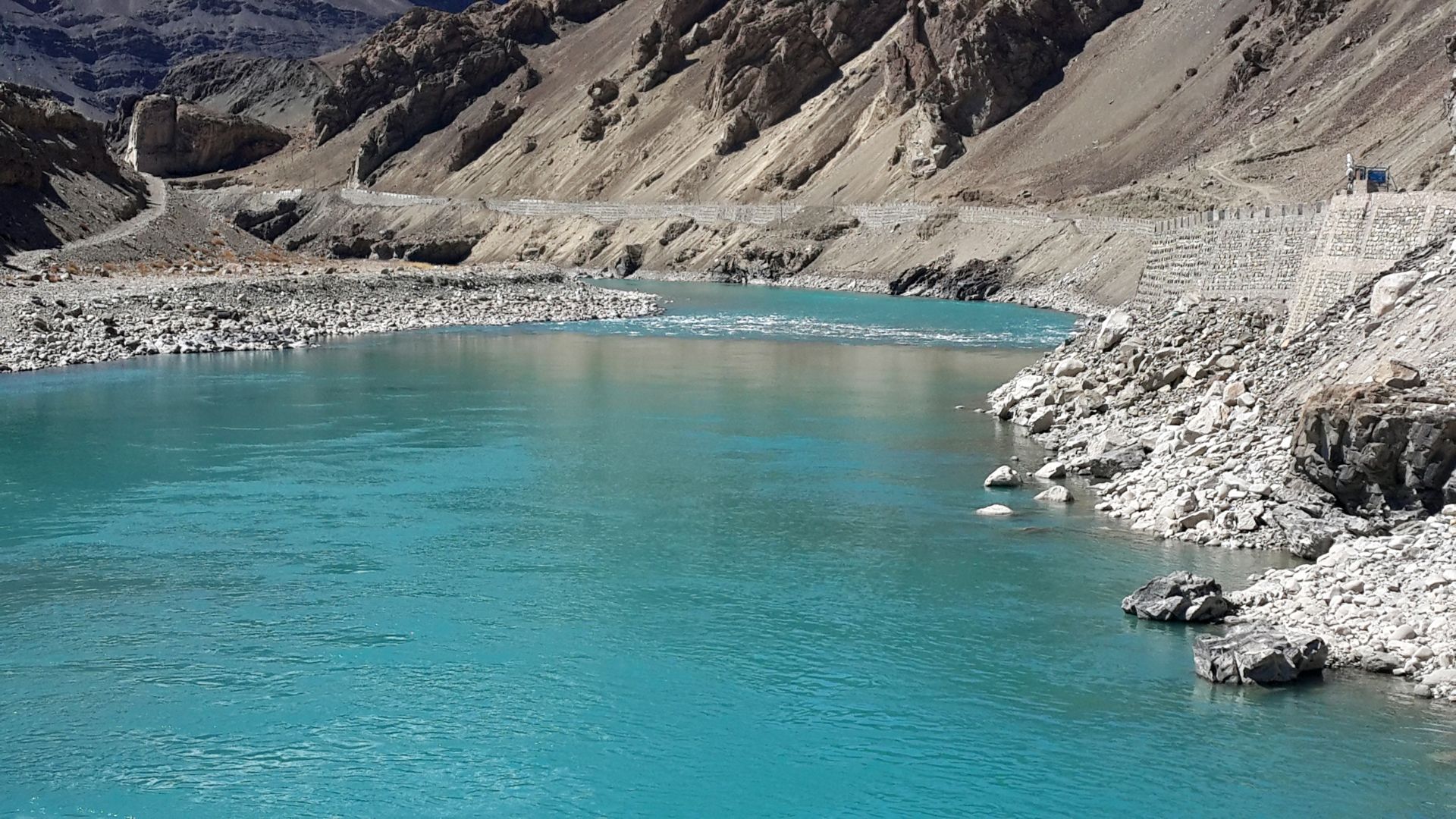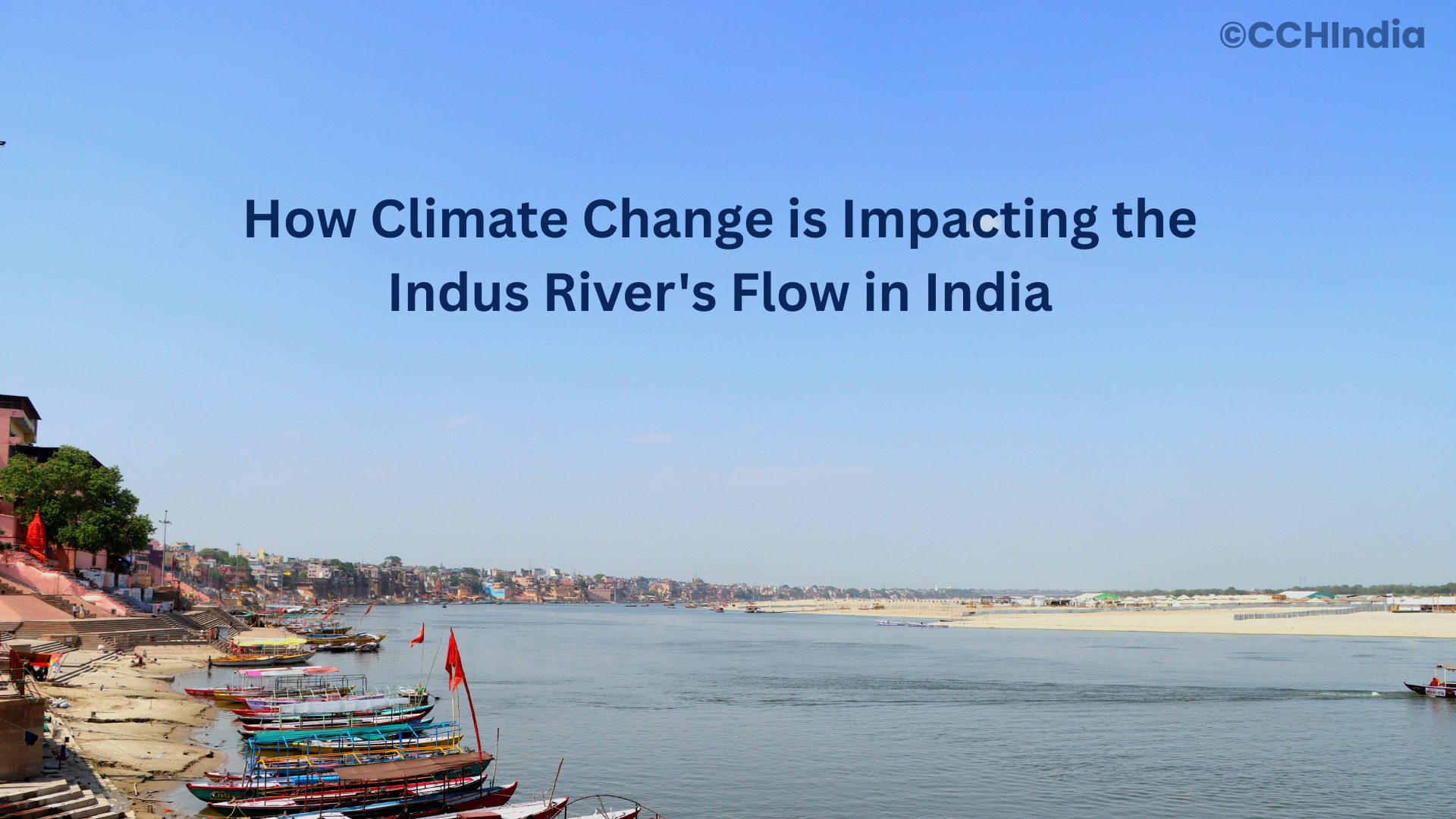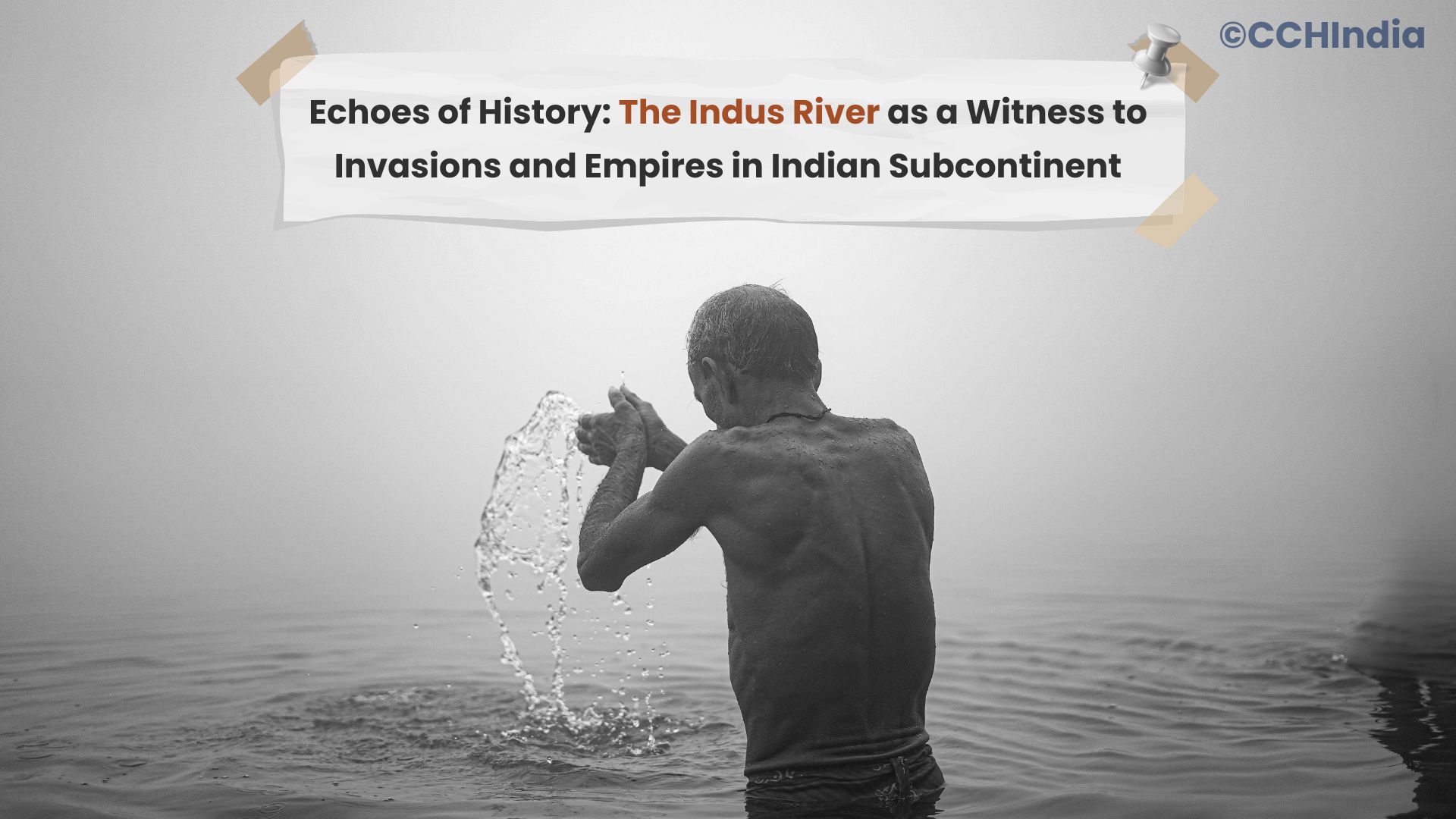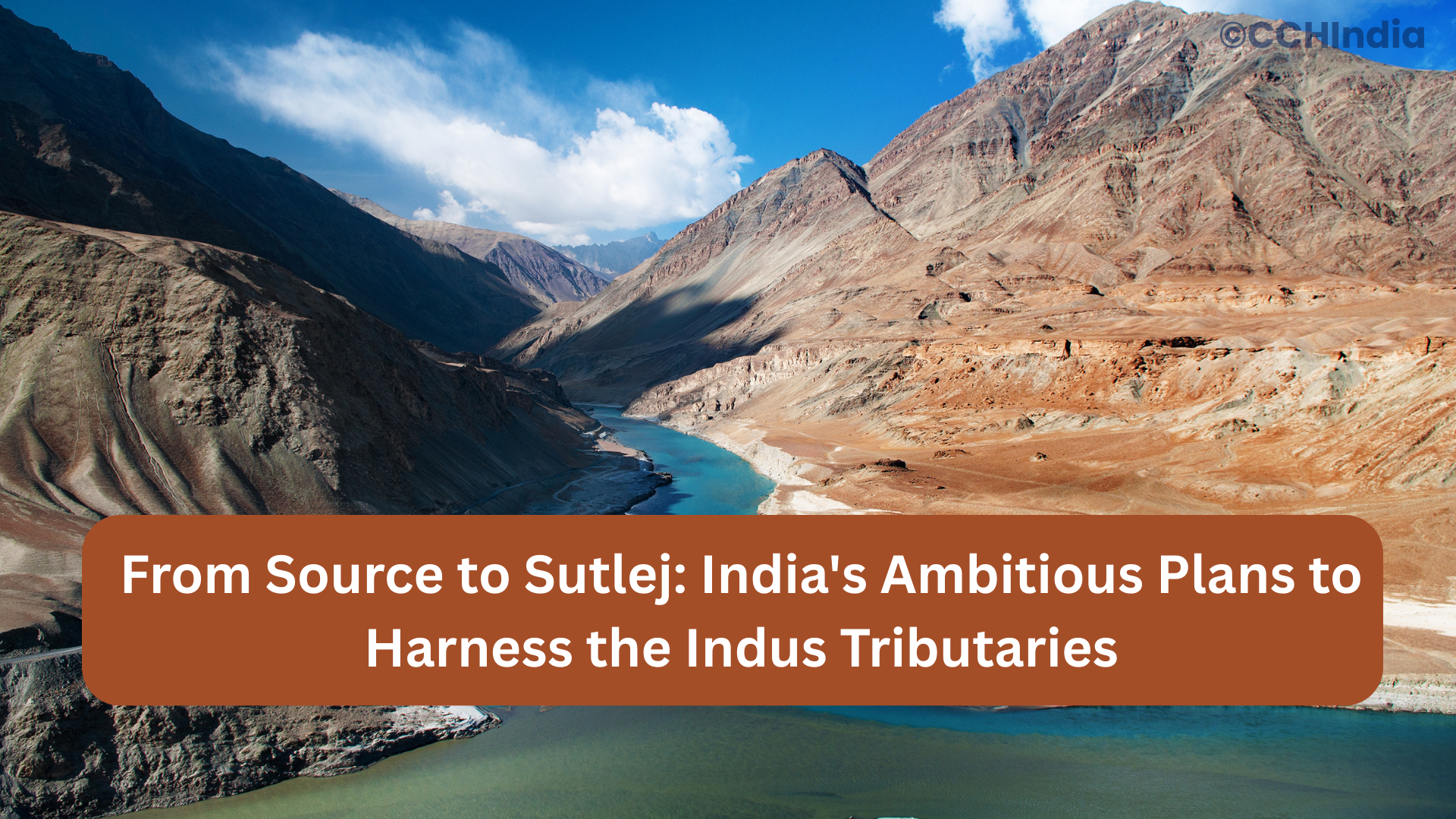How Climate Change is Impacting the Indus River's Flow in India
Climate change is quietly reshaping the Indus River’s flow in India. Here’s a personal reflection on melting glaciers, erratic rains, and why this ancient river feels different today.

India is blessed with rich water resources. 45,000 km of rich river systems flow through its vast landscape making the land fertile. Amongst its river systems, Indus river basin holds an extraordinary historical, geographical and politically strategic significance.
Indus river basin has been the cradle of the Indus valley civilisation and since has sustained human life in the region. It stretches across four nations – China (along with Tibet), India, Pakistan and Afghanistan, draining an area of about 11,65,500 sq. km.
Latitude and Longitude: 72°28’ to 79°39’ east longitudes and 29°8’ to 36°59’ north latitudes
Length of the Indus River in India: 1,114 km
Total catchment area in India: 321,289 sq. km,
Major tributaries (left bank): Jhelum, Chenab, Ravi and Beas
The Indus river basin spreads across states of Punjab, Jammu & Kashmir, Himachal Prdesh, Rajasthan and Chandigarh becoming the lifeline of the Indian people in the north, supporting 37.4 million + people.
The average water resource potential of the Indus River basin is assessed at 73,310 million cubic meters (MCM). Indus River is the essential source of drinking water supply. It provides essential irrigation to the states of Punjab and Haryana which are the agricultural heartlands of India. It also contributes to India’s clean energy goals with more than 55 hydroelectric projects in progress.
Indus River has immense potential of water in terms of amount of cubic meters that flow through it. However, despite this potential, abstraction of water for various purposes like agriculture, power generation and domestic use has impacted its water flow patterns in a significantly noticeable manner. Water quality of Indus and its rivers is generally excellent upstream but deteriorates downstream.
At present, even though quality of water deteriorates, it is still within permissible limits. One cannot close their eyes to the impact of climate change, human activities like irrigation and dam construction.
The Indus Basin exhibits diverse soil profiles:
Land use highlights:
Together, these assets provide critical hydrological and meteorological data to policymakers and researchers.

Climate change is quietly reshaping the Indus River’s flow in India. Here’s a personal reflection on melting glaciers, erratic rains, and why this ancient river feels different today.

The Indus River has silently watched centuries of invasions and empires in the Indian subcontinent. Here’s a personal reflection on its role as history’s quiet witness.

The Indus River isn’t just water flowing through history — it’s woven into Indian mythology, folklore, and everyday imagination. Here’s a personal take on how this ancient river became more than just geography.

India is planning big moves with the Indus tributaries — from the Source to the Sutlej. Here’s a personal take on what it means, why it matters, and how it could change the water story for millions.

